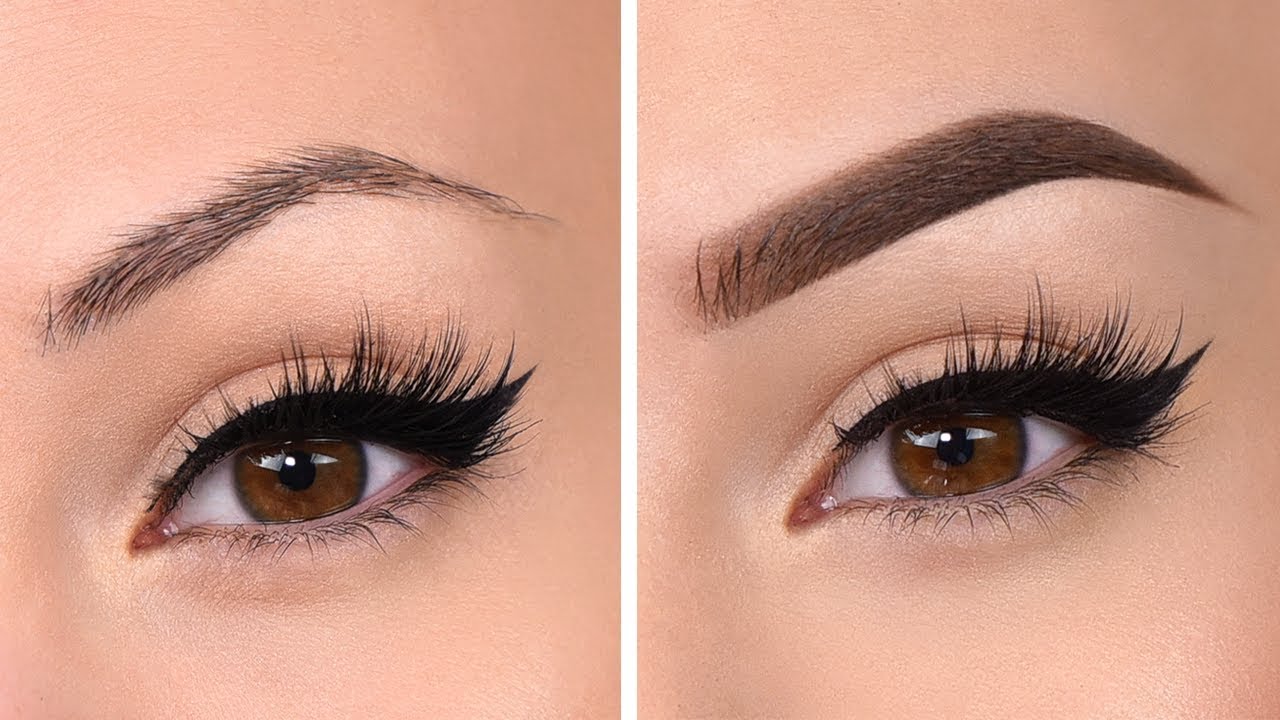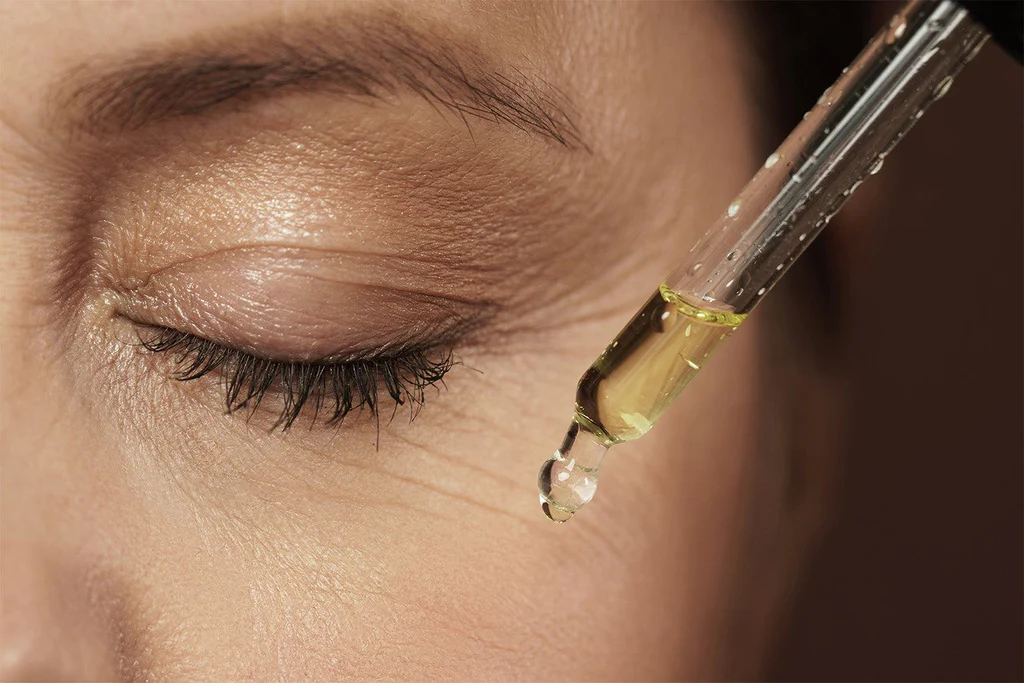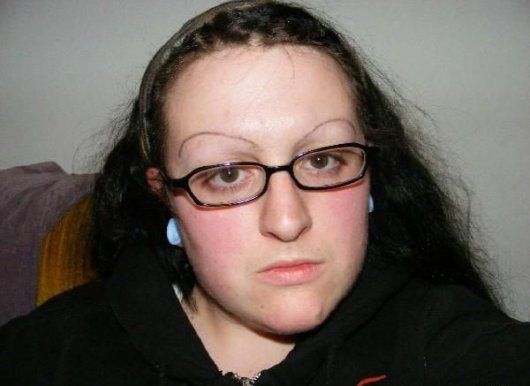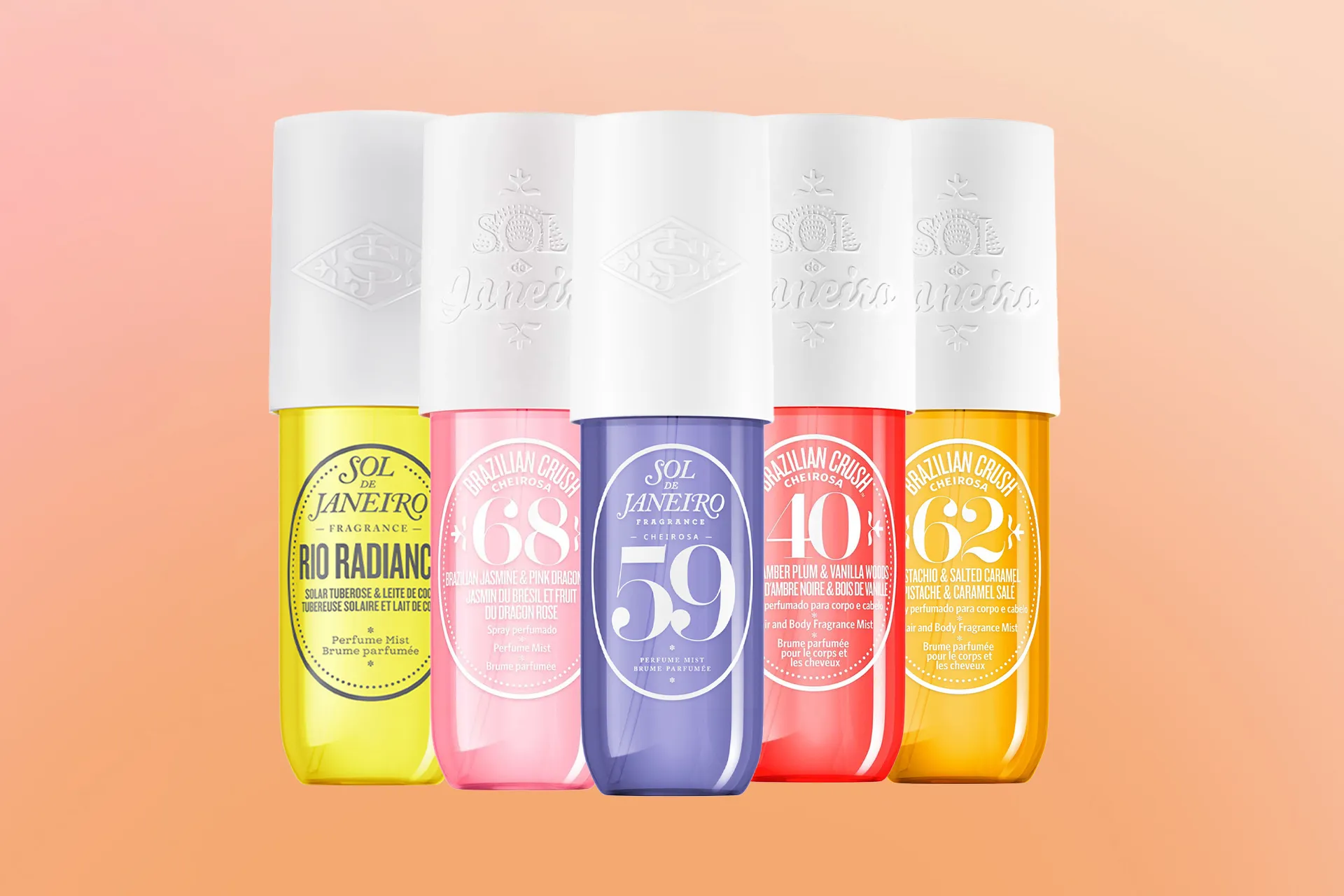Are you tired of spending hours filling in your sparse eyebrows with pencils, gels, and pomades? Do you wish you had fuller, more defined, and natural-looking brows that last for months without any touch-ups? If you answered yes, then you might want to consider microblading, a popular cosmetic procedure that can transform your brows in just a few hours. But before you book your appointment, there are some things you need to know about microblading, such as what it is, how much it costs, what are the risks, and how to take care of your brows after the procedure. In this blog post, we will answer all these questions and more, so you can decide if microblading is right for you.
What is microblading?
Microblading is a semi-permanent form of cosmetic tattooing that uses a hand-held microblade tool with tiny needles to deposit pigment into the upper layer of your skin, creating hair-like strokes that mimic your natural brow hairs. Unlike traditional tattoos, which use concentrated ink and penetrate deeper into the skin, microblading uses smaller pigment particles and is applied superficially, resulting in a softer and more subtle look that fades over time. The color of the pigment is customized to match your natural brow color and skin tone, and the shape and thickness of the brows are designed according to your facial features and preferences.
How much does microblading cost?
The cost of microblading varies depending on the location, the experience of the technician, and the quality of the service. On average, microblading can cost anywhere from $300 to $800 for the initial session, and $100 to $300 for the touch-up session, which is usually done 4 to 6 weeks after the first session to fill in any gaps and adjust the color and shape if needed. Microblading is not covered by insurance, so you will have to pay out of pocket for the procedure. However, considering that microblading can last up to 3 years with proper care, it can be a worthwhile investment for your beauty and confidence.
What are the risks of microblading?
As with any cosmetic procedure, microblading comes with some risks and potential complications, such as infection, allergic reaction, scarring, and unsatisfactory results. To minimize these risks, it is important to do your research and choose a reputable salon and a licensed technician who has undergone the appropriate training and follows the sanitary and safety standards. You should also consult with your doctor before getting microblading if you have any medical conditions, such as diabetes, blood disorders, skin diseases, or immune system disorders, or if you are pregnant or breastfeeding. Additionally, you should avoid microblading if you have a history of keloids, herpes, or other skin infections, or if you are taking blood thinners, retinoids, or antibiotics.
How to prepare for microblading?
Before getting microblading, there are some steps you need to take to ensure a smooth and successful procedure. Here are some of the do’s and don’ts of microblading preparation:
- Do schedule a consultation with your technician to discuss your expectations, preferences, and any questions or concerns you may have. The technician will also assess your skin type, brow shape, and color, and draw a mock-up of your desired brows on your face.
- Do follow the pre-care instructions given by your technician, such as avoiding alcohol, caffeine, aspirin, ibuprofen, fish oil, vitamin E, and other blood-thinning substances for at least 48 hours before the procedure, as they can increase bleeding and affect the pigment retention.
- Do avoid sun exposure, tanning, waxing, threading, plucking, or tinting your brows for at least a week before the procedure, as they can irritate your skin and interfere with the healing process.
- Don’t use any skincare products that contain exfoliants, acids, or retinoids for at least a week before the procedure, as they can make your skin more sensitive and prone to scabbing.
- Don’t get any facial treatments, such as peels, microdermabrasion, or botox, for at least two weeks before the procedure, as they can alter the shape and texture of your brows and affect the outcome of the microblading.
- Don’t wear any makeup on your brow area on the day of the procedure, as it can clog your pores and cause infection.
What to expect during microblading?
The microblading procedure typically takes about two to three hours, depending on the complexity of the design and the skill of the technician. Here is what you can expect during the microblading session:
- The technician will start by cleansing and numbing your brow area with a topical anesthetic cream, which will reduce the pain and discomfort during the procedure. You may still feel some pressure, scratching, or pinching sensations, but they should be tolerable.
- The technician will then use a microblade tool to make tiny incisions on your skin and deposit the pigment into the hair-like strokes, following the natural direction and pattern of your brow hairs. The technician will also use a handheld device to measure and mark the symmetry and shape of your brows, and adjust the pigment color and density as needed.
- The technician will then wipe off the excess pigment and apply a soothing ointment on your brows, which will help with the healing and prevent infection. You will also be given aftercare instructions and products to take home with you.
How to take care of your brows after microblading?
The healing process of microblading can take up to four weeks, and it is crucial to follow the aftercare instructions given by your technician to ensure optimal results and avoid complications. Here are some of the do’s and don’ts of microblading aftercare:
- Do keep your brows clean and dry for the first week after the procedure, and avoid touching, rubbing, or picking at them, as this can cause infection and scarring. You can gently wash your brows with a mild soap and water once a day, and pat them dry with a clean towel or tissue.
- Do apply the aftercare ointment provided by your technician twice a day for the first week, and then once a day for the second week, using a cotton swab or your finger. The ointment will moisturize and protect your brows, and prevent them from drying out and scabbing.
- Do avoid any activities that can cause sweating, such as exercise, sauna, or steam, for at least a week after the procedure, as sweating can dilute the pigment and affect the healing process.
- Do avoid sun exposure, tanning, swimming, or any contact with water, such as showering, bathing, or washing your face, for at least a week after the procedure, as they can fade the pigment and cause infection. You can use a shower cap or a plastic wrap to cover your brows when showering, and use a gentle cleanser and a cotton pad to clean your face, avoiding the brow area.
- Do avoid any makeup, skincare products, or hair products on or near your brow area for at least two weeks after the procedure, as they can clog your pores and cause infection. You can use a mineral-based makeup or a brow pencil to fill in any gaps or unevenness on your brows, but only after the scabs have fallen off completely.
- Don’t panic if your brows look too dark, too thick, or too uneven right after the procedure, as this is normal and expected. The color will fade by 30 to 50 percent, and the swelling and redness will subside within a few days. The true color and shape of your brows will be revealed after the healing process is complete.
- Don’t be alarmed if your brows start to flake, peel, or scab around the fourth or fifth day after the procedure, as this is part of the healing process and means that the pigment is settling into your skin. Do not pick or scratch at the scabs, as this can damage your skin and remove the pigment. Let the scabs fall off naturally, and apply the ointment to soothe and moisturize your brows.
- Don’t skip the touch-up session, which is usually scheduled four to six weeks after the initial session, as it is necessary to fill in any gaps, adjust the color and shape, and correct any imperfections. The touch-up session will also prolong the longevity of your microblading, which can last up to three years with proper care.
FAQs about microblading
Here are some of the most frequently asked questions about microblading, along with their answers:
- Q: Is microblading painful?
- A: The pain level of microblading varies from person to person, depending on their pain tolerance and sensitivity. Most people describe the pain as minimal to moderate, similar to threading or plucking. The technician will apply a numbing cream before and during the procedure, which will reduce the pain and discomfort. You may also take an over-the-counter pain reliever, such as Tylenol, before the procedure, but avoid any blood-thinning substances, such as aspirin, ibuprofen, or alcohol, as they can increase bleeding and affect the pigment retention.
- Q: How long does microblading last?
- A: The longevity of microblading depends on several factors, such as your skin type, lifestyle, sun exposure, and skincare routine. Generally, microblading can last up to three years, but it will gradually fade over time. You may need to get a touch-up every 12 to 24 months, depending on your skin type, lifestyle, and how often you exfoliate your face. Oily skin or frequent exfoliation can make the pigment fade faster, so you may need more frequent touch-ups. However, you should wait until your brows are noticeably faded before you retouch them, otherwise you may end up with too much pigment or an unnatural look.
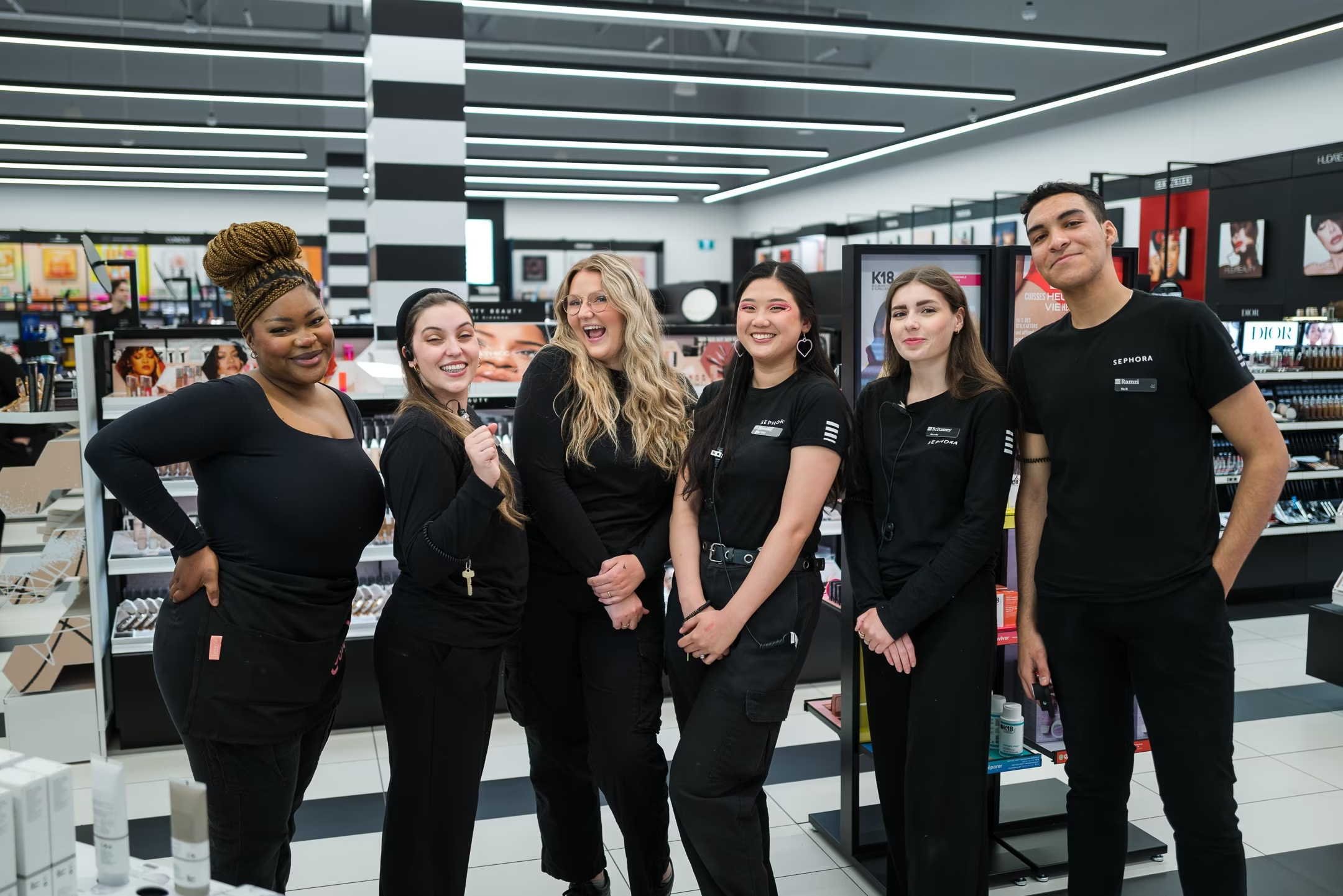
 By
Your Beauty Plug
By
Your Beauty Plug

